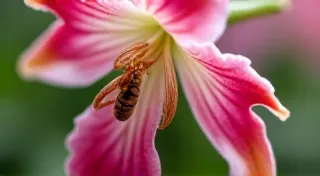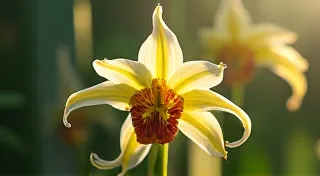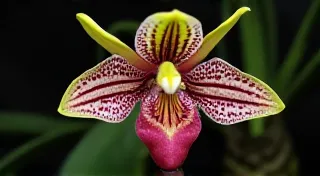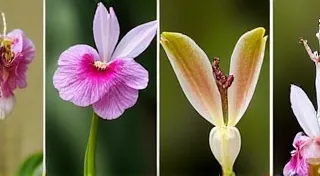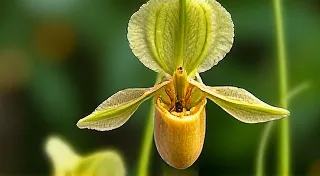The Role of Pollinators in Orchid Identification
Orchids are renowned for their exquisite beauty and extraordinary diversity. While visual cues like flower shape, color, and size are crucial for identification, a deeper understanding of their relationship with pollinators can provide valuable insights and often unlock the key to accurate identification, particularly when dealing with rare and unusual species. This article explores how pollinator interactions have shaped orchid evolution and how observing these relationships can aid in plant identification.
Evolutionary Dance: Orchids and Their Pollinators
Orchid flowers haven't evolved in isolation. They’ve been sculpted by natural selection driven by the need to attract and reward specific pollinators. This "co-evolution" has resulted in intricate relationships where orchids offer nectar, pollen, or even deceptive visual cues to entice pollinators, which in turn, facilitate the plant’s reproduction. Understanding these relationships is essential for accurate orchid identification.
Common Pollinators and Their Signature Traits
Let's examine some of the most common pollinator types and how their preferences have influenced orchid morphology:
-
Bees: Many orchids have evolved brightly colored flowers (often yellow, blue, or purple) with landing platforms and sweet, fragrant nectar to attract bees. Bee-pollinated orchids often have intricate patterns, including “nectar guides,” which are UV-reflective markings invisible to the human eye but lead bees directly to the nectar reward.
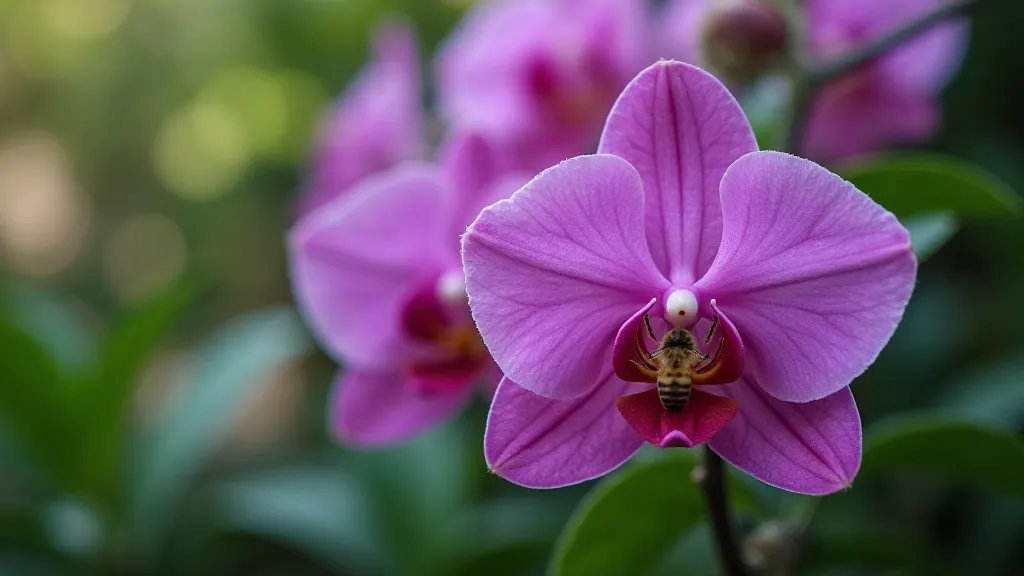
- Butterflies: Butterflies are often drawn to long-tubed flowers with nectar deep within. These orchids often display vibrant hues of red, orange, and yellow, which butterflies can easily see.
-
Moths: Many orchids are pollinated by moths, which are attracted to pale-colored, strongly fragrant flowers that bloom at night. These orchids often have long spurs containing nectar, perfectly suited for a moth's proboscis.
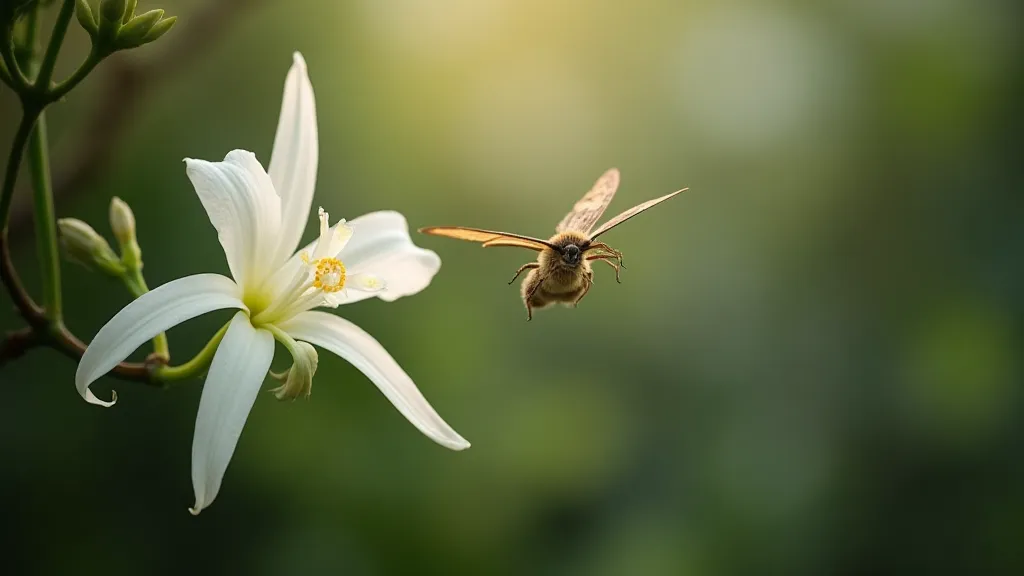
- Flies: Surprisingly, some orchids mimic the appearance and smell of rotting meat to attract carrion flies. These "pseudocopulators" are tricked into pollinating the orchid, even though they receive no reward. These orchids are often drab in color and have a foul odor.
-
Birds: Bird-pollinated orchids often boast vibrant red or orange colors and copious amounts of dilute nectar. They typically have sturdy flowers that can support a bird’s weight.
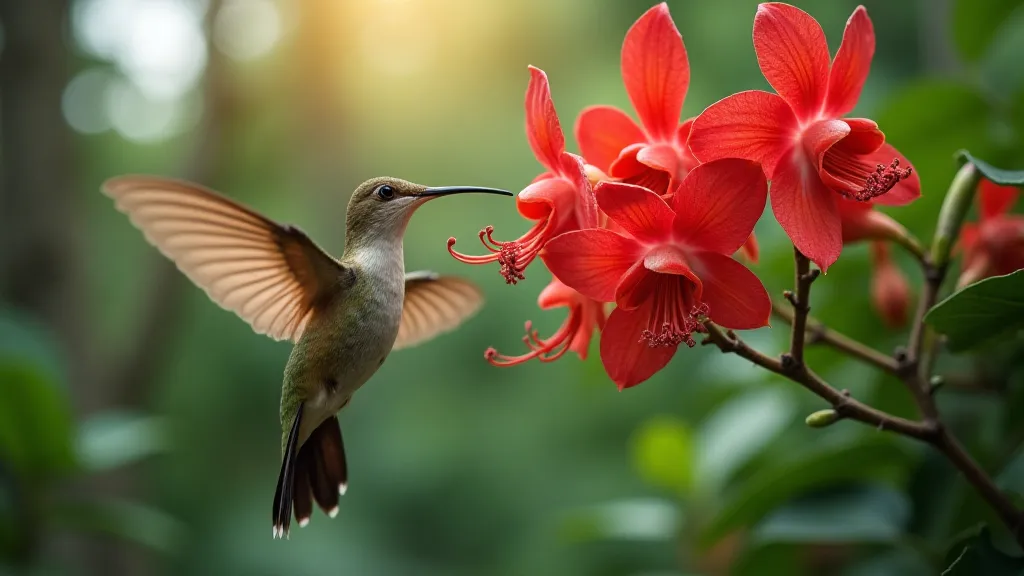
Using Pollinator Relationships for Identification
When faced with an unidentified orchid, consider the potential pollinators in your region and observe the flower's characteristics:
- Color and Scent: Are the colors bright and showy, or drab and inconspicuous? Is the fragrance sweet and alluring, or foul and repulsive?
- Flower Shape: Does the flower have a landing platform, a long spur, or other features that would accommodate a specific pollinator?
- Bloom Time: When does the orchid flower? This can indicate the availability of pollinators.
- Habitat: The surrounding habitat can also provide clues. Certain pollinators are more prevalent in particular environments.
Conclusion
Recognizing the intricate relationship between orchids and their pollinators can significantly improve your ability to identify these fascinating plants. By considering the ecological context and observing the flower’s adaptations to attract specific pollinators, you can unlock the secrets of orchid identification and appreciate the beauty of co-evolution. This is particularly crucial for identifying rare and unusual orchid species, where subtle differences in morphology can be significant.
